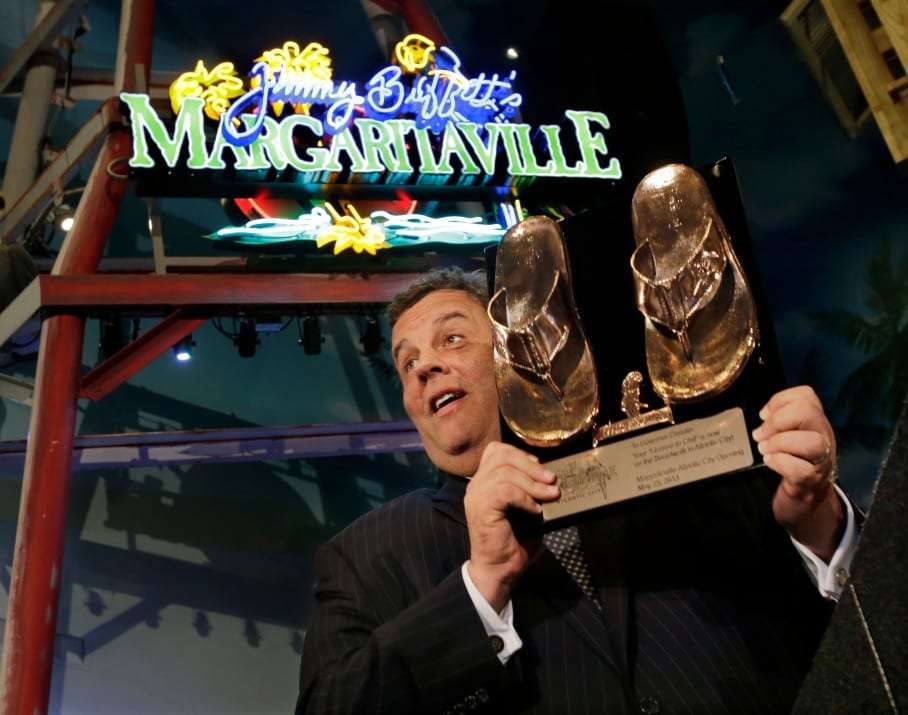The Volokh Conspiracy
Mostly law professors | Sometimes contrarian | Often libertarian | Always independent
Jimmy Buffett, legal authority (on tattooing, of course)

Last week, the 11th Circuit (Buehrle v. City of Key West) held that tattooing is protected by the First Amendment (rightly so, I think):
[T]attooing [is] virtually indistinguishable from other protected forms of artistic expression. As [the Ninth Circuit] observed, "[t]he principal difference between a tattoo and, for example, a pen-and-ink drawing, is that a tattoo is engrafted onto a person's skin rather than drawn on paper. . . . [A] form of speech does not lose First Amendment protection based on the kind of surface it is applied to." . . .
Protected artistic expression frequently encompasses a sequence of acts by different parties [such as the person commissioning the tattoo and the tattoo artist -EV], often in relation to the same piece of work. The First Amendment protects the artist who paints a piece just as surely as it protects the gallery owner who displays it, the buyer who purchases it, and the people who view it.
Any other interpretation of the First Amendment in this context would deprive it of the force and effect the Supreme Court has told us it deserves. A regulation limiting the creation of art curtails expression as effectively as a regulation limiting its display. The government need not ban a protected activity such as the exhibition of art if it can simply proceed upstream and dam the source. Consistent with the Supreme Court's teaching, the right to display a tattoo loses meaning if the government can freely restrict the right to obtain a tattoo in the first place. For this reason, the Supreme Court has never "drawn a distinction between the process of creating a form of pure speech (such as writing or painting) and the product of these processes (the essay or the artwork) in terms of the First Amendment protection afforded."
In the process, the court disagreed with two federal trial court decisions, and a South Carolina Supreme Court decision.
But then the court then had to consider whether Key West's ban on tattooing was nonetheless a permissible content-neutral "time, place, or manner" restriction on speech. The city apparently hadn't tried to justify the ban as a public health measure (perhaps because that would justify only regulations on how tattooing is done, rather than a total ban). Instead, the city argued that tattooing undermined Key West's tourism industry, partly because "tourists might negatively associate Key West with tattoos that they had obtained there but come to regret." And the court rejected that position (paragraph breaks added):
Particularly glaring is the lack of evidentiary support for the City's assertions concerning tattooing's purported effect on tourism. The City pointed to no study indicating that the operation of tattoo establishments in the historic district would impact the tourism industry.
The City conducted no investigation and made no findings. It relied upon no expert testimony, findings made by other municipalities, or evidence described in judicial decisions. It failed to muster even anecdotal evidence supporting its claims.
The closest the City came to presenting evidence on the impact on tourism was a passing reference to a few lines of a Jimmy Buffett song. And we are unsure whether even that reference fully supports its position.
[Footnote:] Jimmy Buffett's song "Margaritaville" was referenced twice in the record, once by [the city's director of planning] in his deposition and once by the City's attorney in oral argument before the district court, to support the claim that inebriated tourists are likely to get and then regret tattoos if more tattoo establishments operate in the historic district. But the singer in "Margaritaville" - seemingly far from suffering embarrassment over his tattoo - considers it "a real beauty."


Show Comments (0)